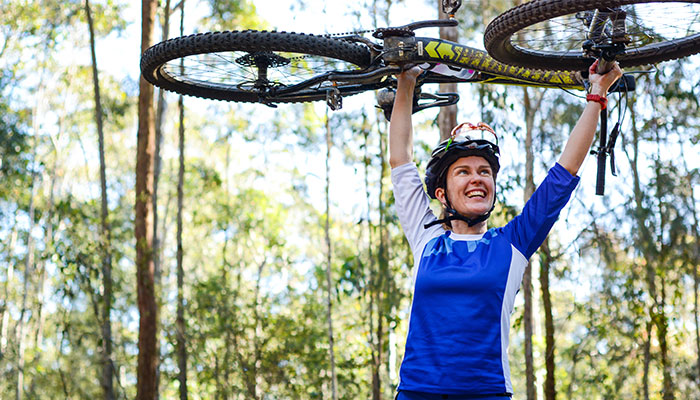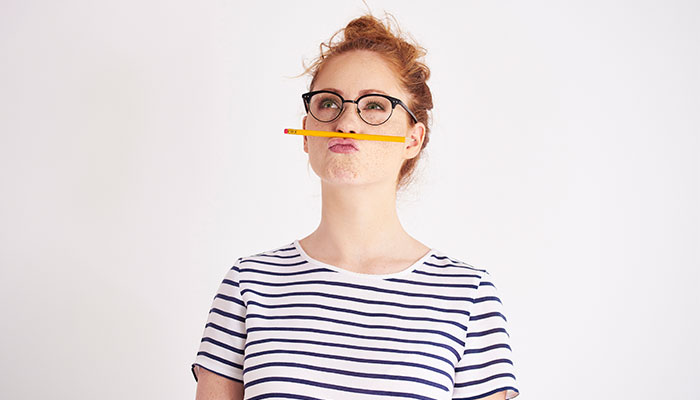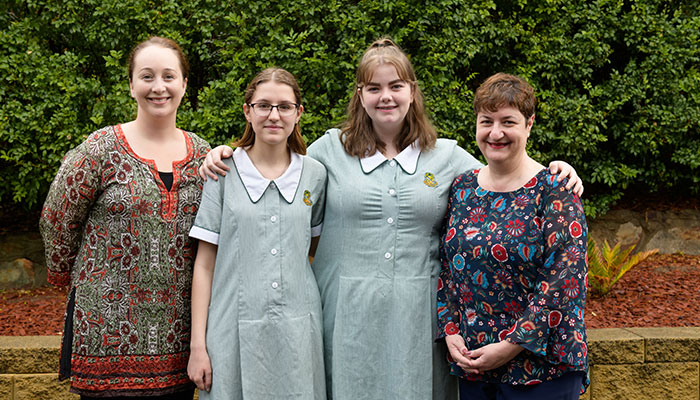Researchers at Macquarie University are seeking people who microdose with magic mushrooms to see if reports of performance enhancement and improved mental health will show up in brain scans and biomarkers.
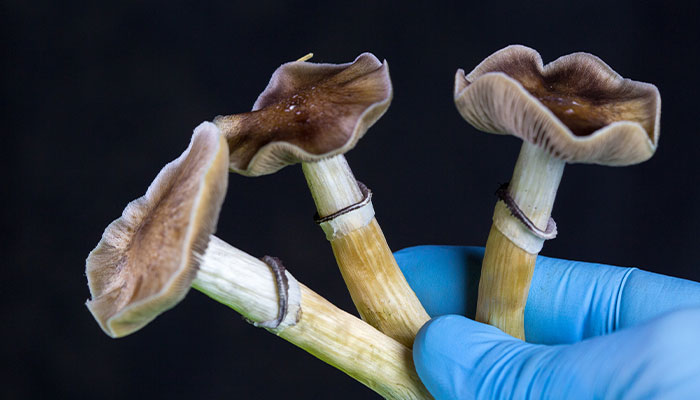
In the spotlight: The research team hope to recruit around 80 people who currently microdose with psilocybin, the active ingredient in 'magic mushrooms'.
Cognitive psychologist Dr Vince Polito will put psychedelic microdose users through a series of tests while imaging their brains, to uncover the neurobiological, physiological and performance impact of low-dose psychedelic drugs.
The study (which has formal ethics approval) will use magnetoencephalography (MEG) to record brain activity, and look for biomarkers, in one of the world’s first neuroimaging studies to independently assess the impact of low doses of hallucinogenic drugs.
Polito is working with three other Macquarie University scientists – Professor Paul Sowman, Professor Dick Stevenson and Professor Gilles Guillemin, along with Dr Paul Liknaitzky at Monash University.
Participants will be part of a double-blind, placebo-controlled study, using their own supply of psychedelic substances.
The team hope to recruit around 80 people who currently microdose with psilocybin (the active ingredient in ‘magic mushrooms’) to take part in two lab-based sessions that will investigate the impact of the drug.
Psilocybin remains a prohibited (Schedule 9) substance in Australia, and despite recent applications to the Therapeutic Goods Administration (TGA) to have psilocybin rescheduled as a controlled medication, it is only available for research under certain very limited conditions.
“Participants will be part of a double-blind, placebo-controlled study, using their own supply of psychedelic substances,” Polito says.
What is microdosing?
Microdosing is a recent phenomenon where users take a very low dose of psychedelic substances, semi-regularly.
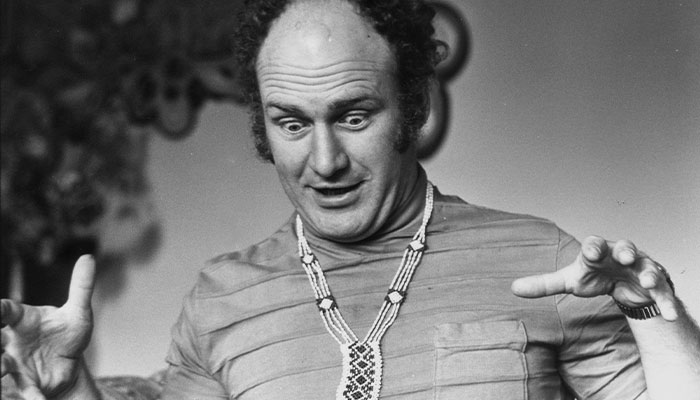
Counter culture: Writer and icon Ken Kesey (pictured) was involved in early psychedelic research with Dr James Fadiman, one of the leaders in the field.
“Some people will microdose every three or four days, while others might microdose perhaps several times a month,” Polito says.
But microdose users aren’t seeking a short intense hallucinogenic ‘high,’ and want to avoid changing their perception or consciousness through the drug.
Instead, they hope these regular tiny doses will prompt long-term improvements, help them think more clearly, become more creative and productive, and expand their mental and emotional health.
- Lockdown binge: The best Victorian-era shows to watch right now
- Study boosts link between diet and depression
Polito says that a microdose is typically one-tenth or less of that used to prompt a hallucinogenic state, with users adjusting their dose to make sure they don’t experience noticeable visual effects.
Psychedelic substances used by microdosers include psilocybin mushrooms (commonly called magic mushrooms), LSD, peyote, MDMA and ketamine – but Polito says this study will focus on psilocybin which is one of the most commonly used hallucinogens.
How long have people been microdosing?
“There were hints around the 1980s of people trying low dose regimes, but it has only really caught on in the past six years or so,” Polito says.
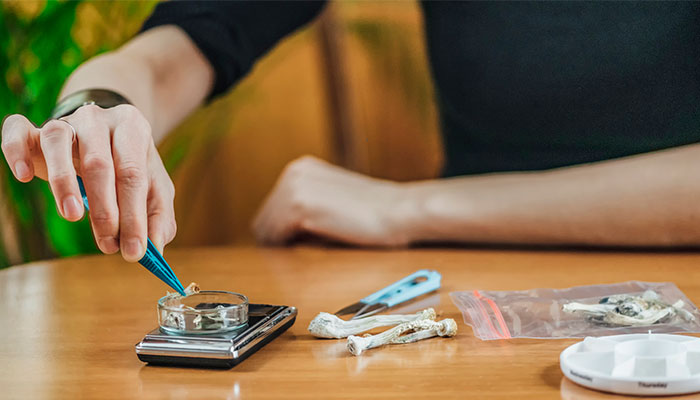
Weighing in: Participants in a survey of microdosers were mostly male and university educated, with an average age in their late 30s.
One of the leaders in the field is US scientist and researcher Dr James Fadiman, who was involved in early psychedelic research with well-known cultural icons of the time including the writers Ken Kesey and Stewart Brand.
“Fadiman continued his interest in the field of psychedelic research despite its prohibition, and his 2011 book included a small section about people who had claimed health benefits from microdosing,” Polito says.
A few years later, in 2015, a Rolling Stone article on microdosing sparked international interest and since then there have been thousands of articles, websites and internet groups dedicated to exploring microdosing.
We expect to find if there is really something physiological happening, or if it is all just people's expectations and beliefs that are driving their responses.
Polito says that the surge in microdosing popularity has coincided with (and is likely partly related to) the growth of the ‘dark web,’ or hidden areas on the internet harbouring illegal online marketplaces, which make it far easier for people to access psychedelics.
But Polito says that researchers are in catch-up mode.
“Online spaces like Reddit and Facebook have huge microdose communities, with probably tens of thousands of people out there experimenting with low-dose psychedelics, but the first scientific papers only came out in 2018.”
What does the research show?
Polito is one of the early scholars in this field, and his research on microdosing published in 2019 reported the results of a survey that ran from April 2016 for a year, tracking 63 regular microdosers over a two-month period.
He found some surprising results – and a cohort very different to stereotypes of recreational drug users.
Participants were mostly male, with an average age in their late 30s, mostly employed or in fulltime education, and around 70 per cent were university educated.
“People claim a broad range of benefits from microdosing, reporting that it helps with their attention and focus at work, with their social relationships, it helps their mood, their mental health, and with creativity across a whole range of different domains,” he says.
- As another lockdown bites, is complaceny to blame?
- Please explain: What is seasonal affective disorder?
While he says that the breadth and variety of these claims of microdose miracles may seem remarkable and somewhat unlikely, the popularity of microdosing has co-incided with a surge in interest in the use of high-dose psychedelics to treat a range of mental illnesses including PTSD, depression, anxiety and substance use disorders.
“The compelling results coming from the high dose research suggests that the reintroduction of psychedelics may have a massive impact in psychology and psychiatry in the near future; and it also suggests there could be a plausible explanation for the positive effects of low-dose psychedelics.”
What will the new research show?
Most research into microdosing to date has relied on users’ own reports to investigate such effects as improved mood or reduced stress, which could be subject to a placebo effect.

'Magic' v fact: Dr Vince Polito (pictured) says people claim a broad range of benefits from microdosing, but he wants to find out what exactly is happening in the brain.
Polito’s team will use a ’self-blinding’ research protocol developed by Imperial College London, where participants are mailed two coded gel capsules in a kit designed to let them fill one with their regular microdose, the other with a placebo, without viewing the different capsules.
On each of two laboratory visits, participants will take one capsule, record the code, and proceed with the tests – not knowing until the study has been completed, whether they took the placebo.
“We will get people to do some psychometric tasks and behavioral tasks while we use a scanner to really look in detail at what's happening in people's brains,” he says.
The researchers will also take a blood sample and look for different biomarkers that might indicate various effects of psychedelics.
“We expect to find if there is really something physiological happening, or if it is all just people's expectations and beliefs that are driving their responses,” he says.
While the team's optimistic target is 80 candidates, Polito candidly admits there’s little certainty about how many people will sign up.
“We need to find people who are already microdosing,” he says, adding that anecdotal evidence suggests there are plenty of microdosers in Sydney.
“We hope to encourage enough to come and have their brain scanned for science."
Dr Vince Polito is a Senior Research Fellow in the Department of Cognitive Science.
Interested in signing up? More information: https://www.microdosingstudy.com/

